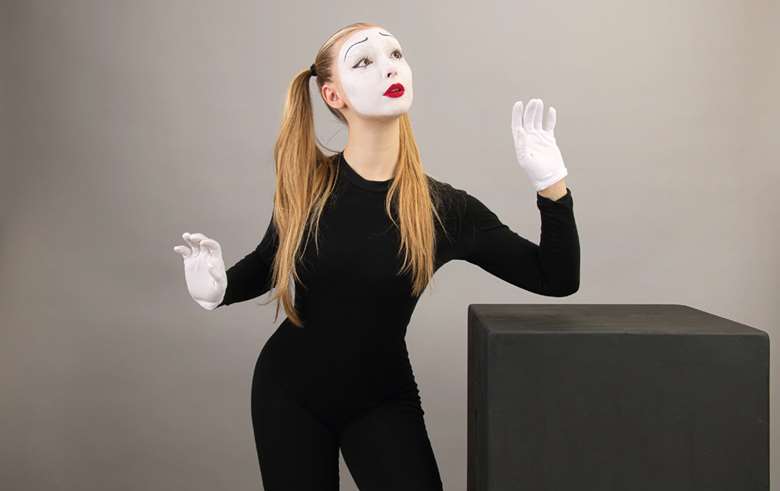Drama Game: Mime room
David Farmer
Friday, March 1, 2024
David Farmer outlines a promising drama game where students can create a room by using mime.

Adobe Stock/ Dreams Navigator
Register now to continue reading
Register to the Drama & Theatre website today and gain access to all the latest news and developments from the world of drama education. By registering you will receive:
- Free access to 4 subscriber-only articles per month
- Unlimited access to news and opinion on our website








